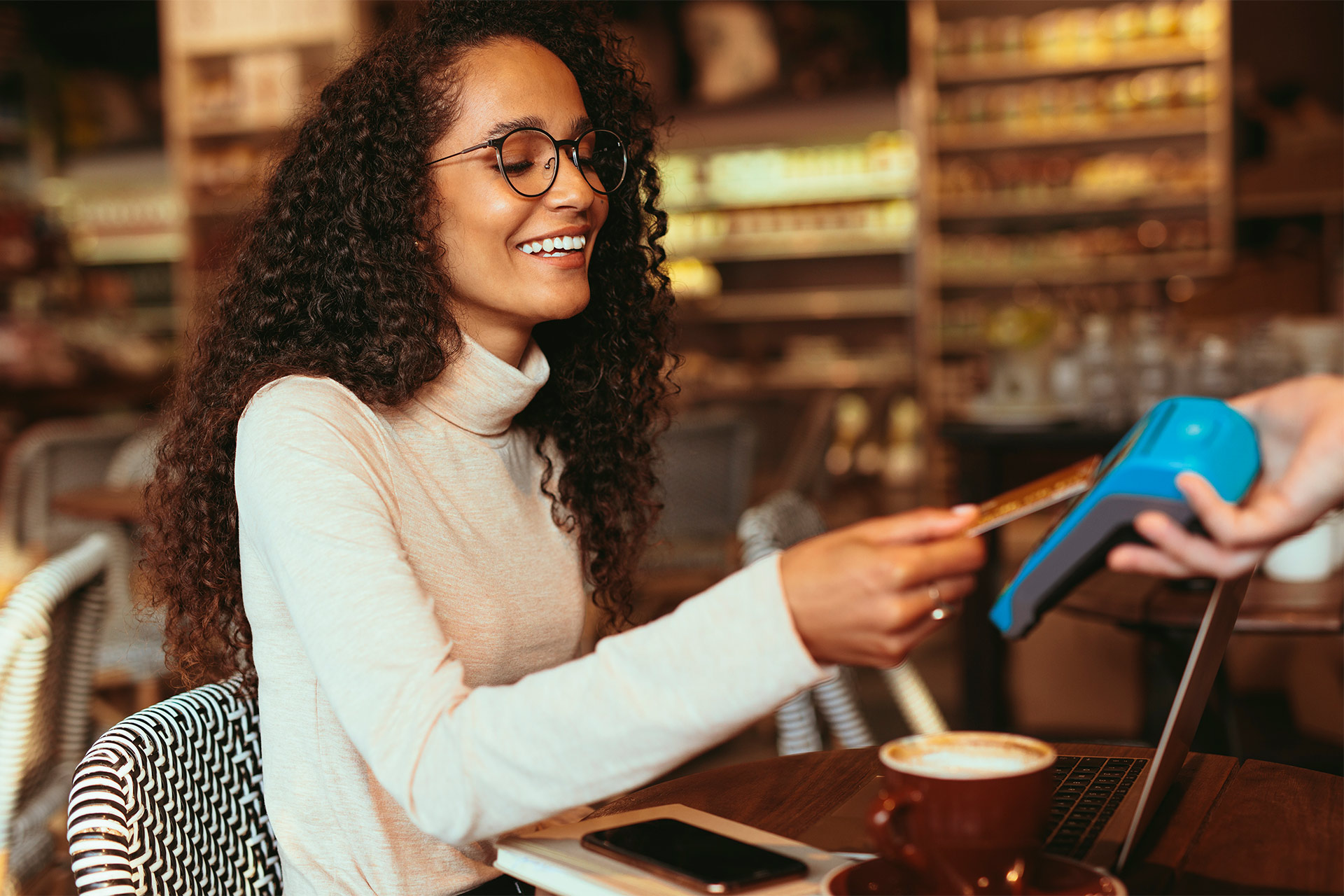Digital payment methods: What are they and which ones are most common?


Last update: 31/10/2022
Digital payments have transformed how we consume goods and services and even how we split a bill with friends. Security, speed and convenience are some of the many advantages afforded by the online world that have led most people to prefer paying digitally.
In Spain, it's common to hear things like “I’ll Bizum you my share of the dinner bill” and “I’m paying with my watch”. Digital payments, made possible by the Internet, are becoming more common and, in some cases, taking precedence over cash and card.

According to a study by Mastercard in 2020, seven out of ten consumers believe digital payments will replace cash, and half of them already plan to avoid cash altogether. The Internet is fast becoming the preferred arena for everyday transactions, especially among retail businesses.
The most common payment methods are:
- Credit and debit card: This is one of the most commonly used and oldest payment methods worldwide. It’s a card that slides into a payment terminal, which charges a specific amount of money to it. Many cards have near-field communication (NFC), which facilitates payment without the card touching the POS terminal (also known as “contactless” payment). In recent years, we’ve started to use cards virtually on banks’ apps and other platforms, like the “wallets” by Apple and Samsung. Virtual “wallets” can connect with watches and other smart devices to make payments.
- Mobile payments: Aside from smart watches, millions of people worldwide prefer paying with smart phones. They can hold our bank’s online services and allow us to buy things with our virtual credit or debit cards via NFC technology or by scanning an establishment’s QR code. They can also let us transfer money through services like Paym (UK) or Bizum (Spain), which some online retailers now accept. With Bizum, we only need to enter our mobile number and confirm our purchase on a mobile banking app or with a special code.
- QR payments: This payment alternative is fast, convenient and secure. All we have to do is open our bank's app and scan the establishment’s QR code. Then, we can choose a digital payment method and confirm our purchase.
- Superapps: These apps have features that include payment methods. For instance, they can let us reserve a particular item at an establishment to pick up later and show our points card and payment QR code when staff scan its bar code.


Online payments: global uses, local tastes
In Europe, where more users have been adopting digital payment methods, PSD2 was passed to tighten laws and make payments more secure.
According to Oney's survey of payment habits in Europe, respondents in Spain use more alternative payment methods (between 6 and 7) and almost half prefer using bank card (versus 71% of French respondents).
In Africa, payments by phone are growing like never before. It has become the world leader in this form of payment, with over 450 million users.
In Latin America, QR and “contactless” payments are on the rise, as digital banking gains momentum. According to Americas Marketing Intelligence’s (AMI) study called Digital banking in Latin America: Best practices and the shift toward banking as a service, over half of bank transfers in Brazil and other countries are now online.
In Asia, more people are resorting to mobile payment apps that allow them not only to pay bills or make purchases but also get news updates and interact with other users. According to Statista, 47% of Asian Internet users in 2018 paid with their mobiles, compared to 30% of Europeans.







